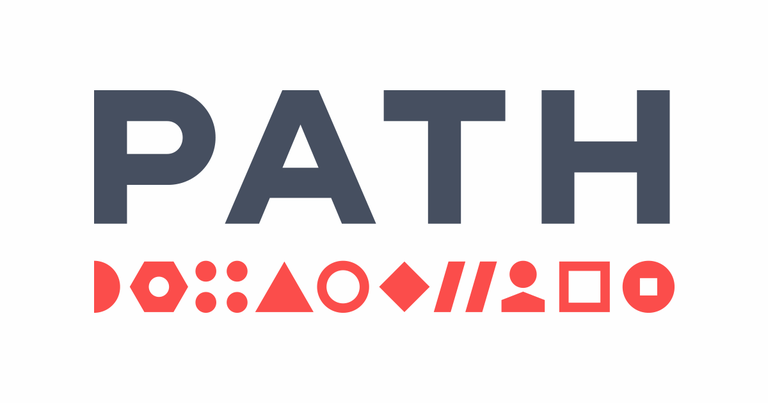
PATH is a global leader in health innovation, focused on saving lives and improving health, especially for women and children. As an international nonprofit, PATH works in five main areas: vaccines, medicines, diagnostics, devices, and health services. By combining innovation, scientific knowledge, and a commitment to equity, PATH accelerates solutions that have a lasting impact on global health.
- Market segment: Nonprofit, iNGO
- Thematic Area: Health
- Region: Global, Non-Federated Model
- Project Type: Program and Project Management, Monitoring, Evaluation, and Learning (MEL)
- Solution used: Salesforce, Amp Impact
With Salesforce and Amp Impact, PATH can
- Spearhead comprehensive impact assessment and results tracking across 400+ projects in over 70 countries.
- Enhance decentralized management to strengthen decision-making and align with the 2025 strategy
Goals
- Enable data visibility across all organizational levels (division, sub-division, program)
- Analyze impact indicators across all projects
- Deliver insights on initiative outcomes and portfolio growth during strategy development
Challenges
- Recreated indicators repeatedly, wasting valuable time
- Struggled with fragmented processes and scattered data, limiting impact measurement
- Lacked a central system, hindering knowledge sharing and organizational insight
Solutions
- Salesforce for program management
- Amp Impact for impact measurement, results, indicators, and reporting
Approach
- Led a discovery and design workshop to gather requirements
- Integrated Amp Impact prototype with Salesforce-based project management system, managing programs, and country-level results
- Customized project attributes and added five standard impact indicators to Amp Impact
The Benefits Today
- Centralized platform tracks projects, contributions to strategic priorities, populations served, and milestones across countries
- Provides easy access to real-time data on impact and portfolio growth throughout the 2025 strategy period
High-Level User Capabilites
- M&E teams collect and share data showcasing their portfolio, including project location, health areas, results, milestones, and impact
- Stakeholders access results across all institutional levels (division, sub-division, program) and establish standard indicators for each portfolio
- Staff leverage data to inform decision-making across all departments
Next Steps
- Implement five impact indicators across all projects to measure outcomes
- Refine the user interface and train staff for optimal system operation and maintenance
- Instruct the team on creating visualizations to highlight community impact and enhance understanding of data use cases and value
Future Plans
- Update the system to align and support the goals and requirements for the next project phase
- Centralize project views with standardized indicators for consistent tracking and reporting of key metrics, including progress, outcomes, and performance, across teams
Goals
- Enable data visibility across all organizational levels (division, sub-division, program)
- Analyze impact indicators across all projects
- Deliver insights on initiative outcomes and portfolio growth during strategy development
Challenges
- Recreated indicators repeatedly, wasting valuable time
- Struggled with fragmented processes and scattered data, limiting impact measurement
- Lacked a central system, hindering knowledge sharing and organizational insight
Solutions
- Salesforce for program management
- Amp Impact for impact measurement, results, indicators, and reporting
Approach
- Led a discovery and design workshop to gather requirements
- Integrated Amp Impact prototype with Salesforce-based project management system, managing programs, and country-level results
- Customized project attributes and added five standard impact indicators to Amp Impact
Benefits
- Centralized platform tracks projects, contributions to strategic priorities, populations served, and milestones across countries
- Provides easy access to real-time data on impact and portfolio growth throughout the 2025 strategy period
High-level user capabilities
- M&E teams collect and share data showcasing their portfolio, including project location, health areas, results, milestones, and impact
- Stakeholders access results across all institutional levels (division, sub-division, program) and establish standard indicators for each portfolio
- Staff leverage data to inform decision-making across all departments
Next Steps
- Implement five impact indicators across all projects to measure outcomes
- Refine the user interface and train staff for optimal system operation and maintenance
- Instruct the team on creating visualizations to highlight community impact and enhance understanding of data use cases and value
Future Plans
- Update the system to align and support the goals and requirements for the next project phase
- Centralize project views with standardized indicators for consistent tracking and reporting of key metrics, including progress, outcomes, and performance, across teams

Tanya Lalwani
Deputy Director, Monitoring, Evaluation, Accountability and Learning
